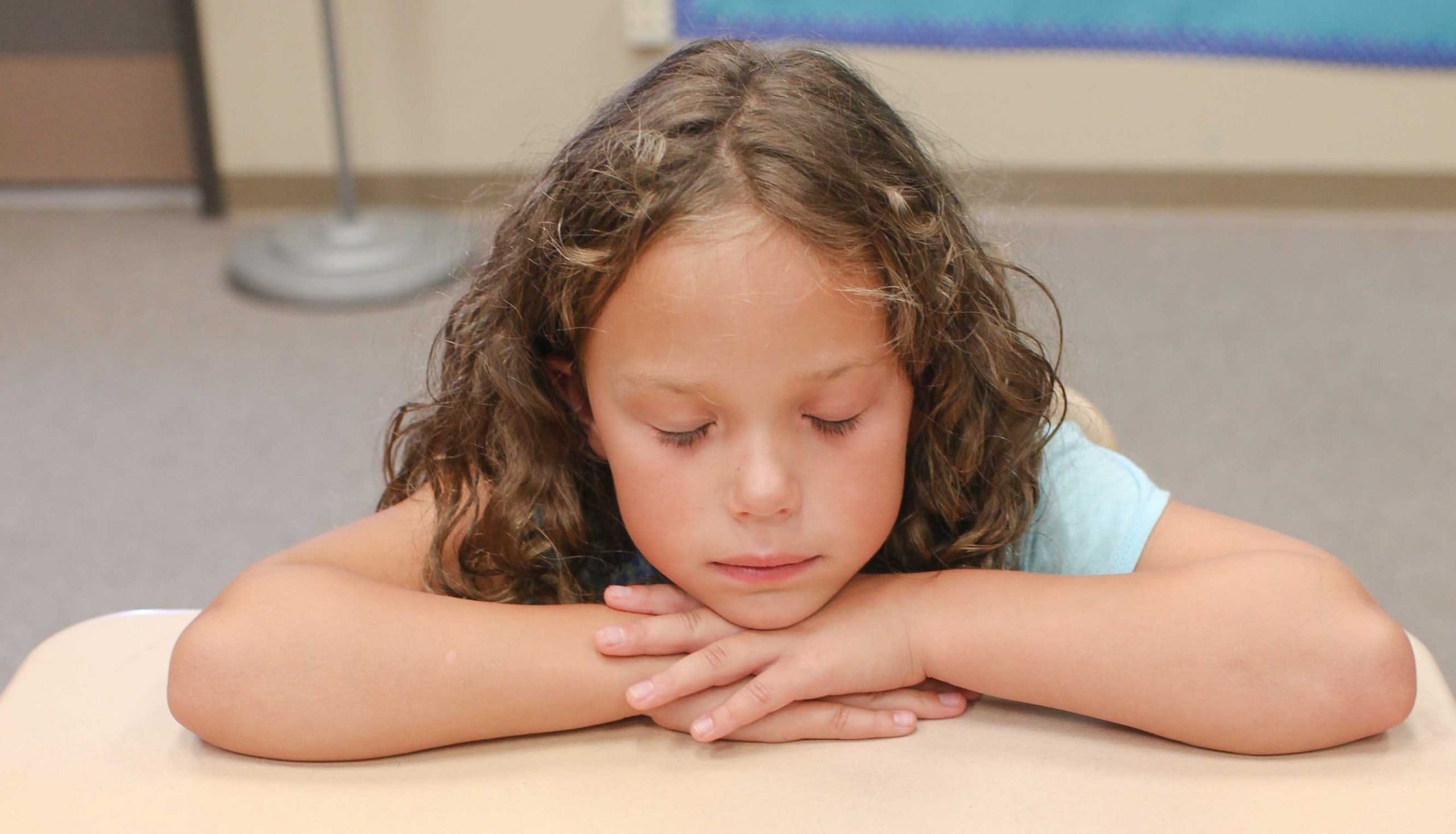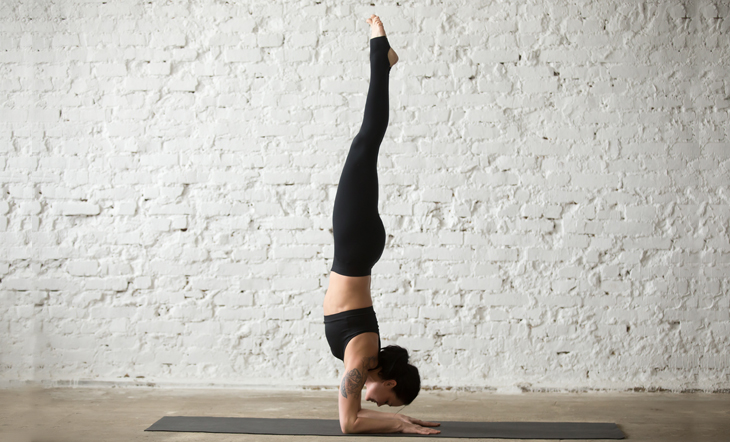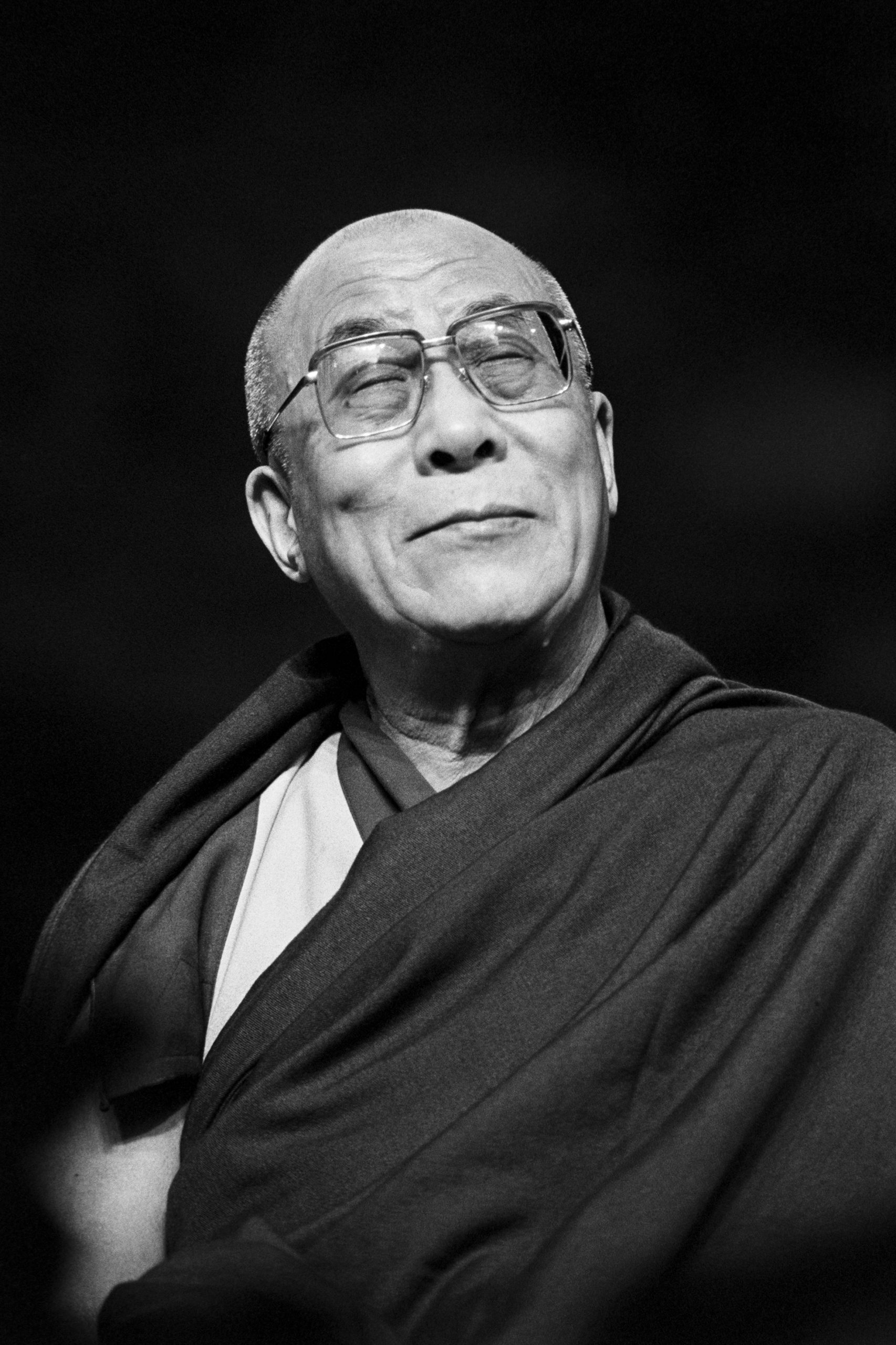Yoga Calm Fundamentals: Stillness
Although originally developed in an elementary classroom to be used primarily in school settings, Yoga Calm has come to be used in many different environments: hospitals, clinics, juvenile detention facilities, yoga studios, churches, and, of course, homes. It’s simply...

Although originally developed in an elementary classroom to be used primarily in school settings, Yoga Calm has come to be used in many different environments: hospitals, clinics, juvenile detention facilities, yoga studios, churches, and, of course, homes. It’s simply one of the most flexible programs there is for teaching mindful movement and supporting social-emotional skills-building.
This is largely because it’s more than just a set of yoga poses modified for classroom use. We intentionally structured it around five key mindfulness principles that underlie and guide all Yoga Calm activities and support physical, mental, and emotional health: Stillness, Listening, Grounding, Strength, and Community.
This focus on principles lets Yoga Calm be readily adapted to many ages, abilities, and environments.
Over the next several weeks, we will be exploring each of these principles in depth here on our blog. Stillness starts it all, as we show in the following post by Lynea, which we first posted back in 2019…
When I first met nine-year-old Barton, he talked nonstop. He explained that he never cried because once when he cried at his last school, even his best friend laughed at him.
I could feel the sorrow in him. And the rage. I promised him that I would never laugh at him if he cried and told him that lots of boys cry in my room. “I never make fun of them or laugh at them,” I said.
“Oh, no, I’m not ever going to cry.” Even the thought of it stimulated his need to make a show of his masculinity, so he dropped to the floor right there in my classroom and started doing pushups—all the while continuing to talk through his heavy breathing. Pushups, he explained, sometimes kept him from crying.
One day, Barton came in flying so high, he was frightened of himself. Dragging a cardboard box behind him, he said that his mom was trying some new medication on him and his heart was racing so fast that he was sure he was going to have a heart attack. We tried calling his mother, but she was unavailable.
All the while, he kept getting into his cardboard box and rocking back and forth, then getting out and walking quickly around the room, talking a mile a minute.
I asked him how his body felt. He walked around, moving one hand up and down like a fish, and said, “I’m like the waves of the ocean going up and down.” Then he made the waves bigger to demonstrate his feelings to me. He kept talking. I glanced at the clock and realized I had a group of students coming in fifteen minutes. I needed to find some way to help Barton before the students arrived. “Let’s try this, Barton,” I said. “Why don’t you get in the box and try some slow, deep breaths?”
Turning off the lights and putting on some soothing music, I asked him to continue the slow deep breaths to calm his body and be as still as possible. I reassured him that I would stay in the room with him.
From underneath the blanket, he continued to talk, but now he began to slow down. “You know, Mrs. Gillen, I think this is starting to work. That music you’re playing is good, you see, and I think it’s beginning to calm me down.”
I talked to him in a soothing, deep voice, and within ten minutes, he had found a route into his own stillness, into his ability to self-soothe.
Guiding Principles
Historically, yoga mindfulness practices have encompassed both physical and mental techniques for calming the nervous system—exactly what today’s stress researchers recommend. And while these techniques are important, they were designed to serve even greater purposes in the individual and the community—those of personal discovery, wellness, and self-mastery. These overarching principles invite creativity and flexibility in responding to needs; empower individuals through self-study, exploration, and discernment; and guide without dictating. The cultivation of these attitudes is at the heart of yoga and mindfulness practices and a key determinant in their effectiveness, adaptability, and longevity.
In Yoga Calm, our practice is guided by five key mindfulness principles – Stillness, Listening, Grounding, Strength, and Community – that we developed from more than four decades of educating children and equal time in various meditation and yoga practices. They’re the themes and goals that underlie and guide all Yoga Calm processes, and support our physical, mental and emotional health.
This focus on principles lets Yoga Calm be readily adapted to many ages, abilities and environments. For example, in a classroom with students of diverse abilities, Stillness processes can be explored in a chair or while standing, Listening processes can be performed by all, and Community support can be displayed in many ways, such as simply giving attention, encouragement or respect.
We Start with Stillness
Our first principle, Stillness (symbolized by the icon on the right), is important in developing self-control and self-regulation in students. By learning to still themselves, especially in times of chaos and fear, students gain confidence and become more capable of handling conflict and disruption. They begin to create an inner peace that they can draw on at any time. This quality is developed in all the Yoga Calm physical poses and in the relaxation and mindfulness processes.
Because children are often bouncy and talkative, adults often think that an active, energetic Yoga Calm class is what they need. But opportunities to practice Stillness are important for children, as well as for the adults in their lives.
When children begin to understand that they can have some control over their own bodies and when they learn to self-soothe, they gain personal power. Sometimes a few minutes of Stillness can break their negative perception of themselves.
Here, I think about the time a young student who had been diagnosed with severe ADHD told me his mother was always saying that he was never in control. We played a game in which we strove to keep our bodies completely still for thirty seconds. After a few tries, he was able to do this.
“See?” I told him. “You’ve already proven that you can have control for thirty seconds. Tomorrow, let’s see if you can do it for a whole minute.” His green eyes shot me a look of surprise mixed with suspicion.
Two years later, he sits still and can listen to a novel being read aloud. Sometimes he begs me to continue, even after thirty minutes. By practicing just thirty seconds of Stillness that one day, he gained a new perception of himself.
Principles in Action
When working with children with attention weaknesses, we first must believe that they can be still. We have to check our own perceptions about them and open our minds to their potential. For when a whole community has decided that a child is bad or incapable, the child believes and acts accordingly.
But as with the student described above, you can start to teach Stillness with simple practices like these:
Hoberman Sphere Breathing

To teach the principle of Stillness with breathing, have children notice or extend the pauses at the top of the inhale or bottom of the exhale. Learning how to “pause” in life – whether its not reacting to a trigger, to provide a moment for perspective, or to refresh and rejuvenate – is a lifelong wellness skill.
In this video from our online Youth Instructor Certification Bundle, I use the Hoberman breathing process to teach the principle of Stillness:
One-Minute Exploration/Vacation
Children need a break from their busy school/life schedules to refresh the brain’s attention centers, to integrate learning and to process emotions. Even guided mindfulness processes can be “one more thing” they have to do.
Our One-Minute Exploration/Vacation gives students unstructured time to just be. Here’s how we lead it: Turn down/off the lights and turn on quiet, soothing music. Invite the students to rest their heads on their desks or lie on the floor/yoga mat and take themselves, in their mind, on vacation anywhere they want for one minute. Initially, you can help spark their imagination by offering several ideas about where they might go, what they could do, and so on. Or you can use our Mindful Moment Cards for simple mindfulness journeys. As the children get better at this Stillness process, you can increase the time, having them go on explorations in their minds for several minutes.
Pulse Count
Have students count their pulse quietly for fifteen seconds with their eyes closed and then gradually increase the amount of time. The pulse is not only a great meditation “anchor” but it provides feedback on the state of our nervous system and can be a great tool for teaching nervous system regulation.
Grizzly Bear or Star Wars Stormtroopers
Our younger students love to play these Stillness games. For 30 seconds, have them practice being totally still as you act like a grizzly bear, lumbering through the room, growling and looking to eat someone! Or you can be Empire Stormtroopers looking for rebels who have crashed on a planet. If a student moves at all (except for breathing, of course), they’re caught.
After students get the hang of how to be still, you can gradually increase the time. Before long, students are able to come to Stillness easily. A new world opens up to them.
Teen Mindfulness Practices
For older students and teens, our Tree Challenge 1 game is a big hit. Have one student stand in Tree Pose while another tries to “throw them off” by waving hands, clapping, and so on – just no touching. Then ask the students that were in tree pose “what helped you to stay focused? Did you use any words or self-talk to help yourself? What strategies did you use?” Then write their strategies up on the board. This is a powerful experiential learning that no lecture on staying calm and focused while challenged can match!
These simple Stillness activities are designed to help teachers, counselors, therapists, and parents guide youth toward greater self-control and sensitivity – but they’re also helpful in reducing your own stress and staying connected to what’s important. Additional mindfulness practices can be built upon these simple Stillness practices, helping them develop attention skills, greater self-awareness, and compassion.
For us and our youth, practicing our Stillness principle both formally in class and at various times throughout our day develops an inner peace that can help through difficult times, as well as the ability to focus and prepare to learn.
Our online Youth Instructor Certification Course Bundle will help you learn how to teach these activities, step-by-step.
Adapted from Yoga Calm for Children

 JimMin
JimMin 


































